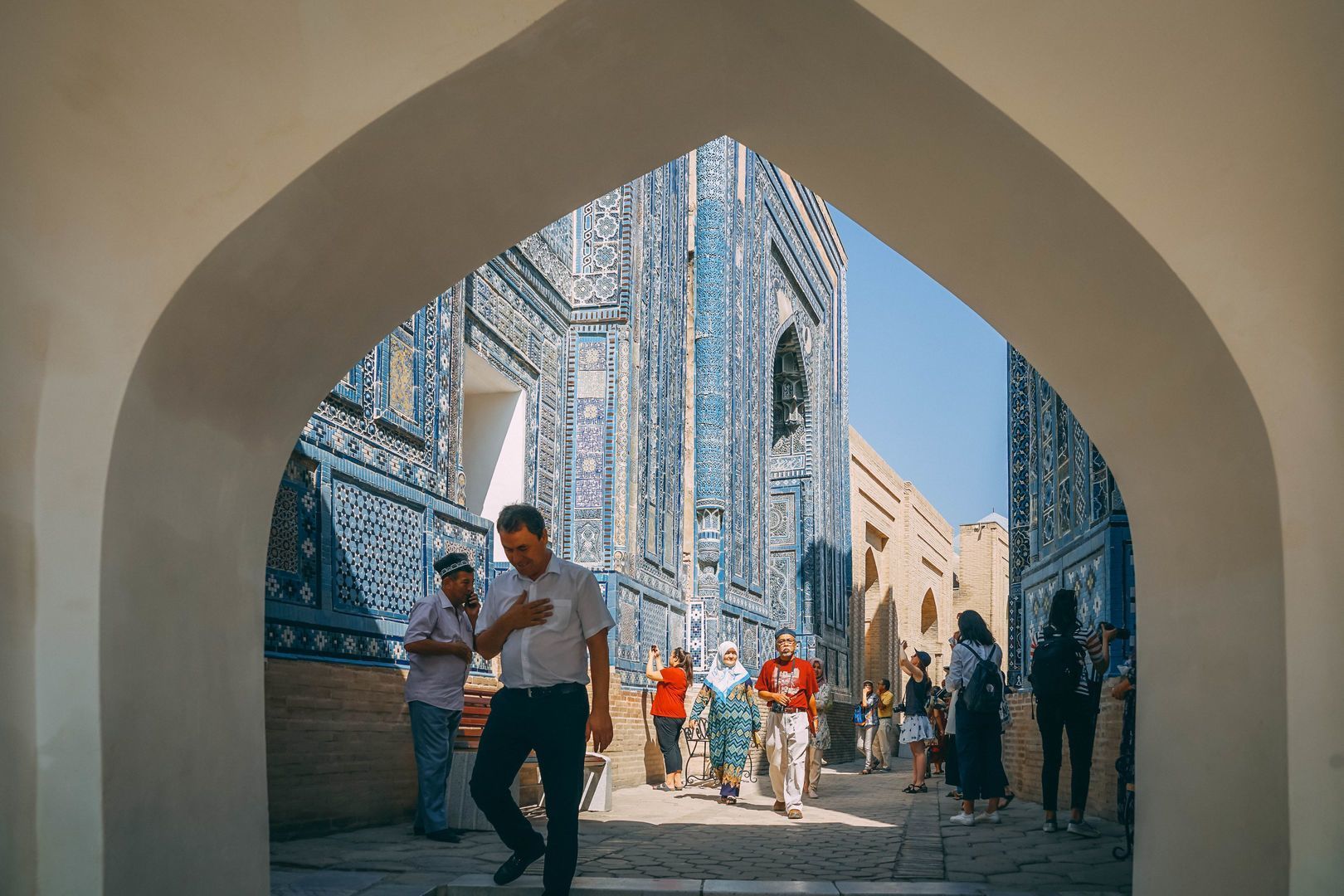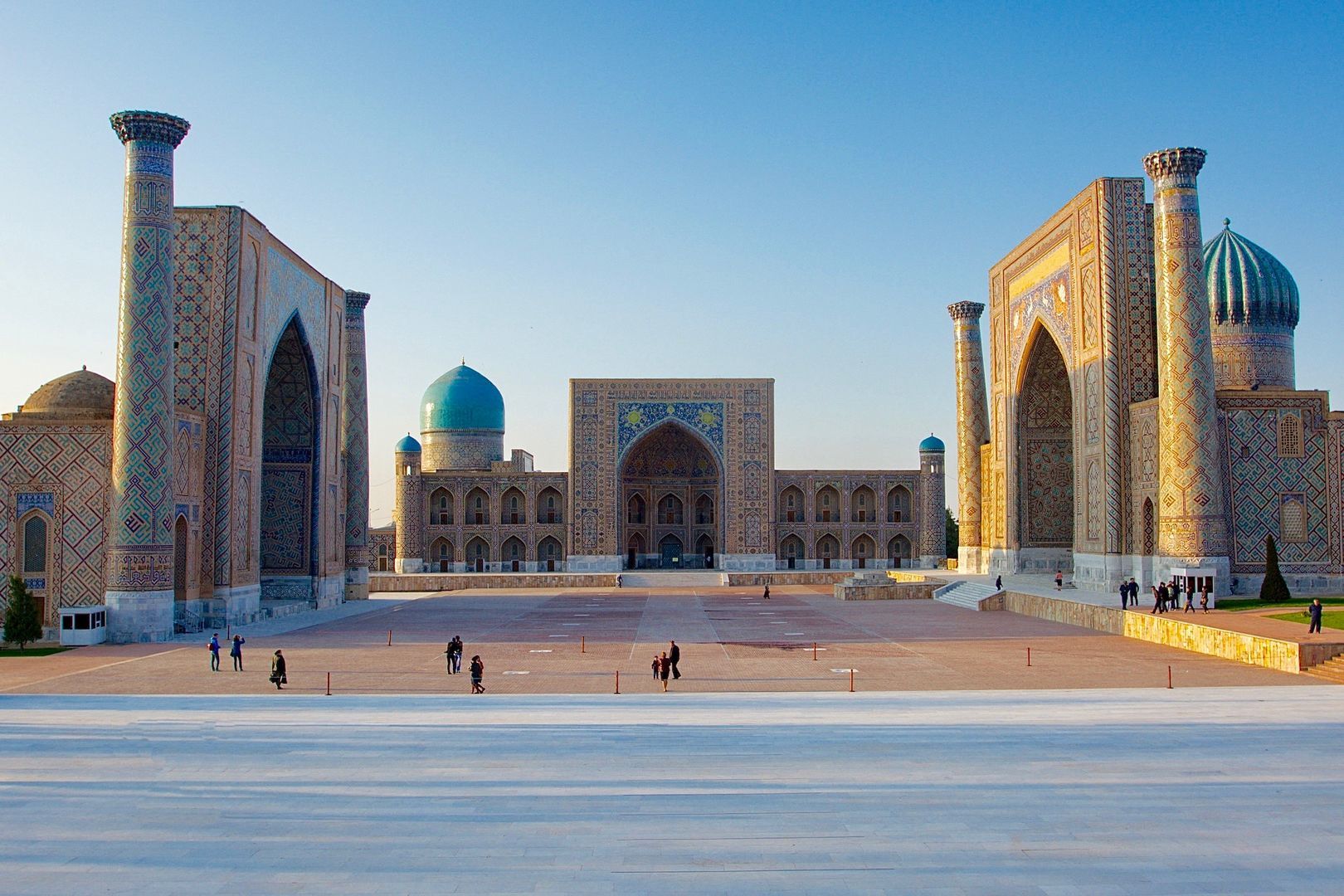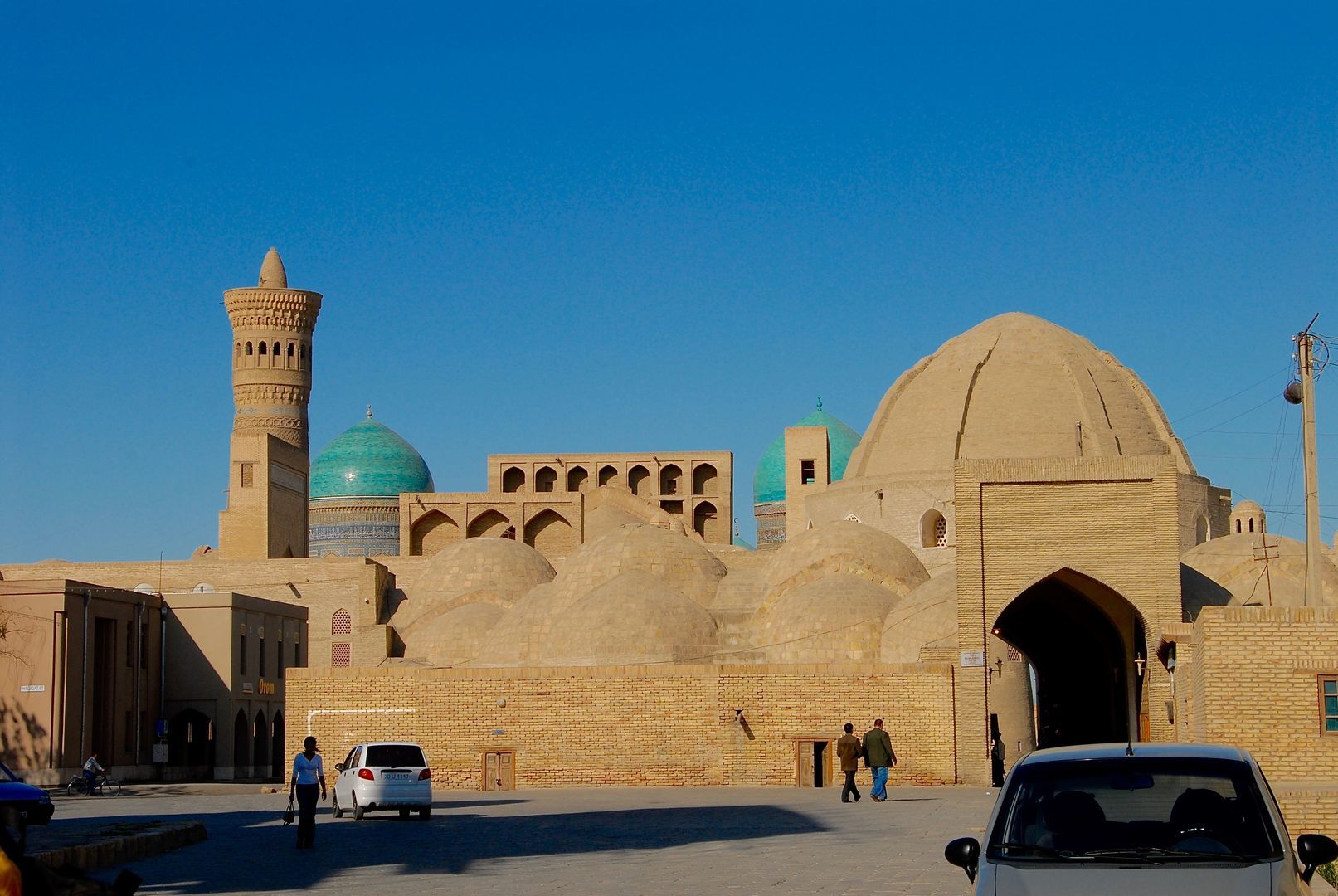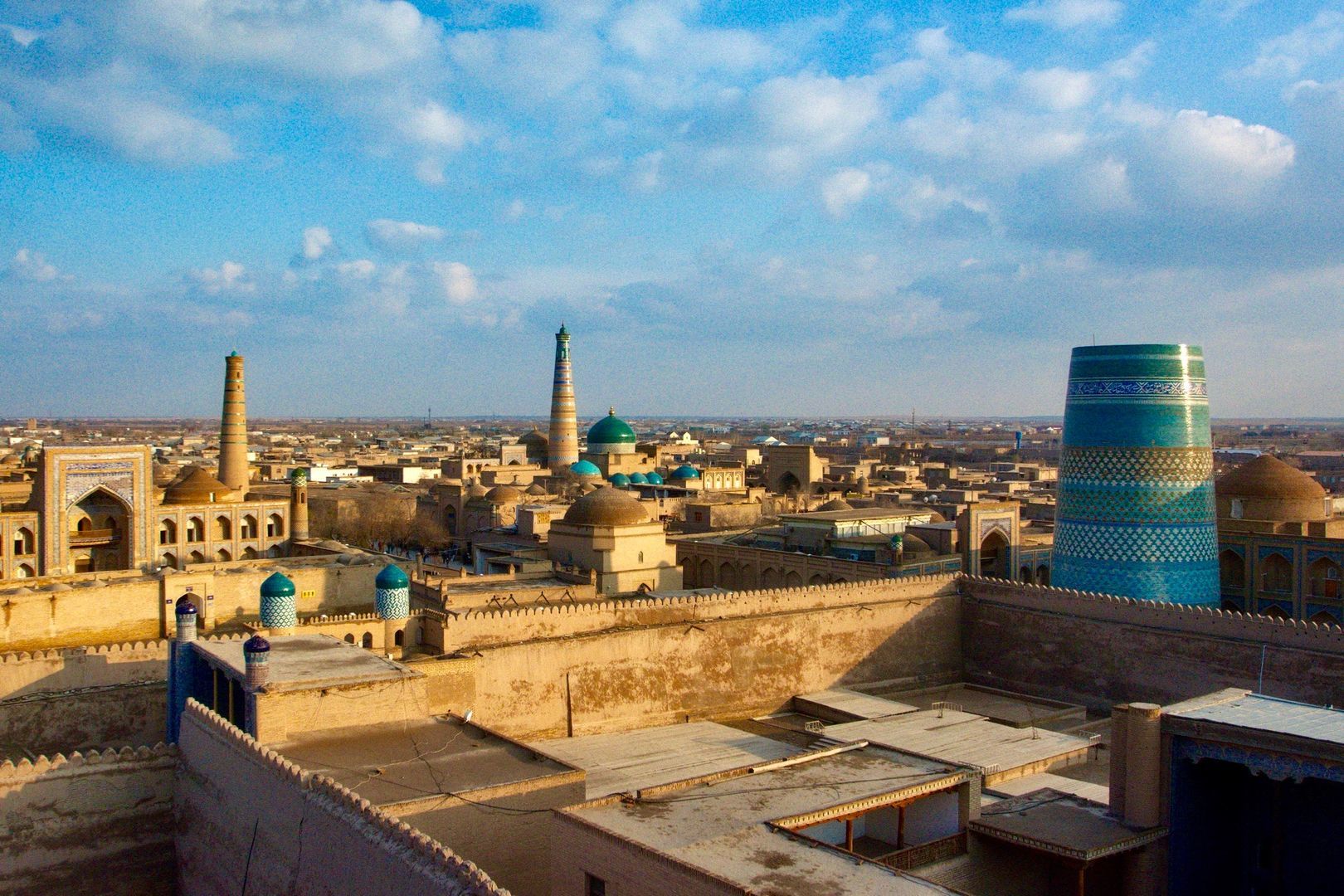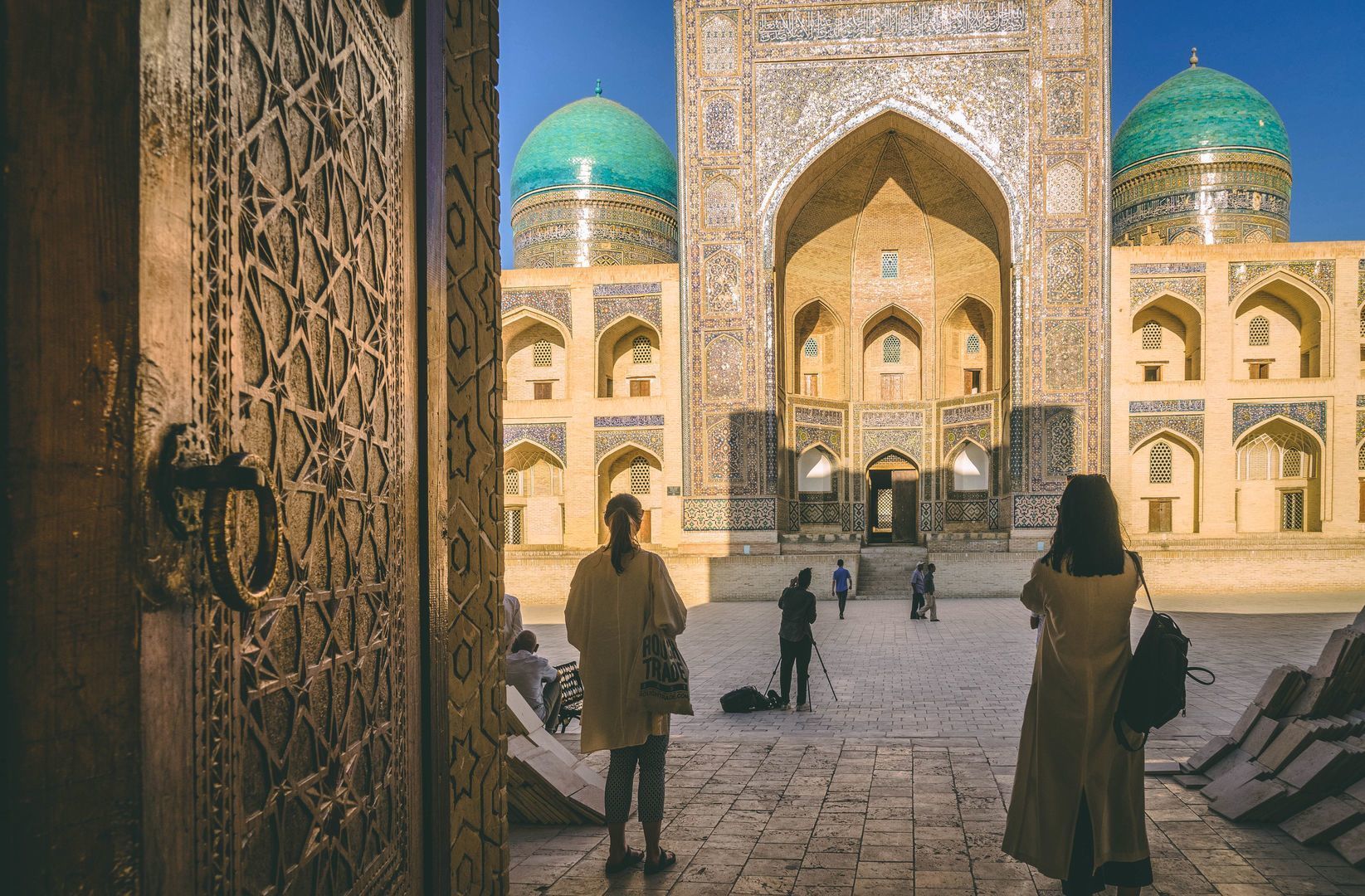The Silk Road in Central Asia
Mention the Silk Road and the name conjures images of camels loaded with exotic goods, people dressed in colorful attire, bustling markets and ancient palaces with elaborate decoration. In the trade route’s glorious heyday, however, nobody referred to their journey as a Silk Road trip, commerce as Silk Road trade and so on. The usage of the term Silk Road started only in the 19th century, the term coined by Ferdinand Richthofen during his expeditions to the east. Only a minority of ancient traders did the whole journey from east to west or vice versa. More commonly, traders congregated at the large markets located where different cultures met and today, these have become the cosmopolitan cities of the modern day Silk Road in Central Asia.
The Silk Road in Uzbekistan
The Silk Road has changed and evolved over several centuries, altering the Silk Route map, as well as the different cultures that can be found along the way. Silk Road tours nowadays comprise a broad spectrum of countries stretching from China as far as the fringes of Europe. One of the least visited and least traveled places for experiencing the atmosphere of the ancient Silk Road is Uzbekistan. Along with a fascinating and well-preserved history, travelers to Uzbekistan will find plenty of evidence of the Soviet influence on the country’s modern development.
Which are the top 3 Silk Road cities in Uzbekistan?
# 1 Samarkand
If you are charmed by Silk Road history and would love to get to know as much as possible about the region and its history, Samarkand is the number one place to visit. It is one of the most ancient and greatest cities of Central Asia. Today’s Samarkand was called Marakanda by the Greeks after they conquered the city in 329 BC. Already at that time it was so majestic that it surprised even Alexander the Great. It is believed that he exclaimed “Everything that I have heard about Marakanda is true, except that it is more beautiful than I ever imagined…” For centuries Samarkand never lost its importance and continued to amaze Silk Road traders and travelers with its unique character. Samarkand was famous for its peaches and paper made from a mulberry tree. To this day, you can visit workshops which make paper in this traditional way. In the 14th century, Samarkand was conquered by the powerful Temurlan, who brought artisans from all over his empire to enhance his new land. Today its turquoise domes remind us of the glorious era of the Silk Road as they transport us back in time.
#2 Bukhara
Bukhara was one of the important educational and spiritual centers at the time of the Golden Age of Islam. Its compact city center with a domed marketplace, mosques, and madrassas are a pleasure to explore on a city walk. It has one of the most important and oldest architectural monuments in Central Asia, the tomb of Ismaili Somoni. Architecturally, it is one of the country’s best-preserved cities with the majority of buildings dating from the 10th century onwards. Both the father and uncle of the famous explorer Marco Polo lived there for a couple of years before moving to the court of Kublai Khan. Many notable people lived and studied in Bukhara in ancient times, including, for example, Avicenna. His medical research and books were used in medieval Europe up until the 17th century.
#3 Khiva
The Old City of Khiva is like an open-air Silk Road museum. Behind its massive walls is a small city center known as Ichan-Kala. Walking the ancient streets of Ichan-Kala, climbing the impressive mud walls, visiting its palace, mausoleum, and mosques and enjoying refreshments in its teahouses are all essential experiences in this atmospheric place. Khiva was an important trade hub of the Silk Road, the setting for glorious and marvelous stories. It’s also evidence of the harsh realities of life in the desert, a life lived according to rigid social conventions. Once it was a slave trading city, with very strict rules and punishments for crime. Khiva was also sometimes referred to as Khoresm. In the 9th century, a man named Muhammad Ibn Musa al-Khwarizmi passed on knowledge about algebra and created a theory of algorithms. The term algorithm is actually the Latin pronunciation of al-Khworesmi. Khiva will open up a world populated by the brightest achievements of the Silk Road as well as its darkest secrets.
UNESCO World Heritage cities
All three of these cities thoroughly deserve their place on the UNESCO World Heritage register. Khiva was the first site to be inscribed in the list. Samarkand and Bukhara are unique in the region with populations that speak Tajik, a language that stems from the Persian language, as well as Uzbek which derives from the Turkic. Moreover, because of the Soviet Union, Russian is also widely spoken. Since the collapse of the USSR, more and more people speak a little English. The markets of these cities are splendid, colorful and a treasure trove of traditional crafts. People dress in national costume in everyday life and all this combined gives a truly Silk Road spirit to the cities. Their stories and historical heritage mark them as a hidden gem for modern day explorers.
If you can’t wait to immerse yourself into the atmosphere of the ancient Silk Road, learn more about the history and culture of the region, we recommend our Classic Uzbekistan Tour.
Alternatively, for a comprehensive overview of the region, our Central Asian Silk Road Tour combines these cities with Almaty, Dushanbe & Bishkek.




